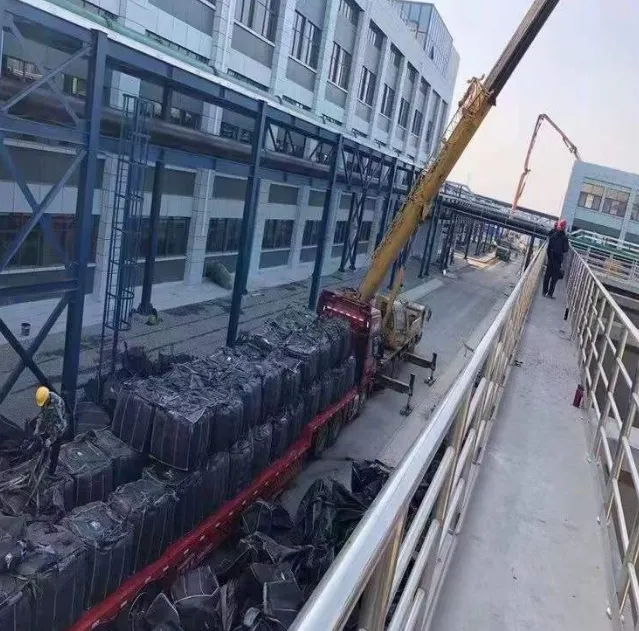Application of activated carbon pellets to remove hydrogen sulfide gas
With the rapid pace of industrialization, hydrogen sulfide (H2S), a colorless, highly poisonous acidic gas, has inevitably emerged as a by-product in numerous industrial processes. This gas poses a grave danger to human health and also causes corrosion to both the environment and equipment. Consequently, the effective removal of hydrogen sulfide gas has emerged as a crucial concern in both industrial and environmental sectors. In recent years, activated carbon has demonstrated promising applications in the removal of hydrogen sulfide gas due to its distinctive adsorption characteristics.

Activated carbon is a porous carbon material obtained by high-temperature carbonization and activation of carbon-containing materials. It boasts an abundant microporous structure and a huge specific surface area. These properties enable activated carbon to effectively adsorb various gas molecules, including hydrogen sulfide. As hydrogen sulfide gas passes through the activated carbon bed, the gas molecules are adsorbed by the micropores on the surface of the activated carbon, thus achieving the removal of hydrogen sulfide.

The removal of hydrogen sulfide by activated carbon involves two fundamental mechanisms: physical adsorption and chemical adsorption. Physical adsorption primarily relies on the van der Waals forces and intermolecular attractions occurring on the surface of activated carbon. On the other hand, chemical adsorption entails a chemical reaction between the functional groups present on the surface of activated carbon and hydrogen sulfide molecules. The combined effect of these two mechanisms significantly enhances the adsorption efficiency of activated carbon towards hydrogen sulfide, ensuring a smoother and more effective process.

The advantages of activated carbon for hydrogen sulfide removal are its large adsorption capacity, fast adsorption speed, simple operation, and relatively low cost. Additionally, activated carbon can be recovered through regeneration, further reducing treatment costs and solid waste generation. However, activated carbon also has some limitations, such as susceptibility to moisture and interference from other gases, which can lead to decreased adsorption performance. Therefore, in practical applications, it is necessary to select the appropriate type of activated carbon and operating method based on specific working conditions.

Currently, the technology of using activated carbon to remove hydrogen sulfide has found widespread application in the petrochemical industry, natural gas purification, sewage treatment, and other fields. As science and technology continue to progress and environmental protection standards become increasingly stringent, the technology for removing hydrogen sulfide with activated carbon will undergo continuous improvement and optimization. In the future, we anticipate that activated carbon will leverage its unique advantages in hydrogen sulfide gas removal across a broader range of areas, thereby making significant contributions to environmental protection and sustainable industrial development.

 EN
EN
























